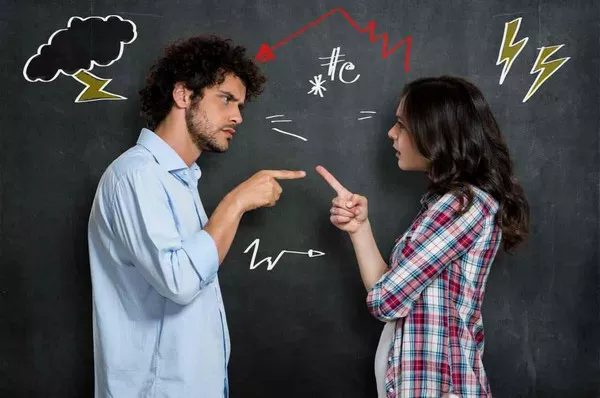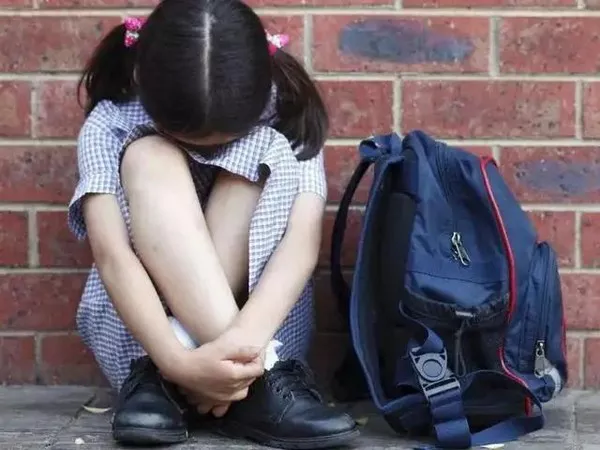Friendship is often viewed as a foundation upon which romantic relationships can be built. However, the transition from friendship to a romantic relationship can be complex and nuanced, involving various emotional, social, and psychological factors. Understanding the point at which a friendship evolves into a romantic relationship is crucial for both individuals involved. This article explores the characteristics of friendships and romantic relationships, the signs that indicate a transition, and the implications of such a shift.
Understanding Friendship and Romantic Relationships
To comprehend the transition from friendship to a romantic relationship, it’s essential to define both terms clearly.
Characteristics of Friendship
Friendship is typically characterized by mutual affection, trust, and support. Key elements include:
Emotional Support: Friends provide a safe space for sharing thoughts and feelings. They listen without judgment and offer comfort during challenging times.
Shared Interests: Friendships often thrive on common interests, hobbies, and experiences, fostering a sense of connection and understanding.
Respect and Trust: Trust is a cornerstone of friendship, allowing individuals to be vulnerable and authentic with one another.
Reciprocity: Friendships are usually balanced, with both parties contributing to the relationship’s maintenance.
Characteristics of Romantic Relationships
In contrast, romantic relationships are more intense and involve deeper emotional, physical, and often sexual connections. Key characteristics include:
Passionate Affection: Romantic relationships typically involve feelings of love, attraction, and passion, which can be stronger than those found in friendships.
Intimacy: Emotional and physical intimacy is a defining feature of romantic relationships. This includes not only emotional closeness but also physical affection and sexual connection.
Long-Term Commitment: Romantic relationships often involve a desire for long-term commitment, planning for a future together, and mutual goals.
Increased Expectations: Expectations in romantic relationships are generally higher than in friendships, with individuals seeking greater support, understanding, and validation.
Signs That a Friendship Is Evolving Into a Romantic Relationship
Several signs may indicate that a friendship is transitioning into a romantic relationship:
Increased Emotional Intimacy: If friends begin to share deeper thoughts, feelings, and personal experiences that they wouldn’t normally discuss, this emotional vulnerability can signify a shift towards romance.
Physical Touch: A natural increase in physical touch, such as hugging, holding hands, or playful nudging, can indicate growing romantic feelings. This physical intimacy often marks a critical point in the relationship.
Flirting: Playful teasing, compliments, and flirtatious behavior can signal an underlying romantic interest. If these behaviors are reciprocated, it may indicate that both individuals are considering a romantic connection.
Jealousy: Feelings of jealousy when one friend interacts with others can signal a shift in emotions. If one person feels possessive or protective, it often indicates deeper feelings that extend beyond friendship.
Desire for Exclusivity: A desire to be exclusive or to prioritize each other above others in social situations can signal a transition from friendship to romance. This shift often indicates that both individuals want to take the relationship to a deeper level.
Increased Time Together: Spending more time together, especially in intimate settings, can indicate a shift towards a romantic relationship. If friends begin to engage in more date-like activities, it suggests a desire for a deeper connection.
Discussing Future Plans: Conversations about the future, including aspirations, goals, and dreams that involve both individuals, can signify a deepening bond. If both friends start envisioning their futures together, it often suggests a romantic interest.
Changes in Communication: An increase in communication frequency, especially through texts or calls outside of usual social interactions, can indicate growing feelings. If conversations become more meaningful and personal, it may be a sign of a transition.
The Role of Mutual Feelings
For a friendship to evolve into a romantic relationship, mutual feelings must be present. Often, one person may develop romantic feelings before the other. In such cases, clear communication is essential. If one individual expresses their feelings, the other must assess their own emotions and decide whether they want to pursue a romantic relationship.
The Importance of Communication
Effective communication is vital during this transition. It can help clarify feelings, set expectations, and prevent misunderstandings. Discussing the potential of a romantic relationship can be daunting, but it can also lead to greater intimacy and understanding.
Navigating the Transition
Be Honest with Yourself: Before addressing feelings with a friend, individuals should take time to reflect on their emotions. Understanding one’s feelings can provide clarity and help determine the next steps.
Gauge the Other Person’s Feelings: Observing the other person’s behaviors and reactions can provide insight into their feelings. It’s essential to approach the topic with sensitivity, considering the possibility that the other person may not feel the same way.
Open the Dialogue: Initiating a conversation about feelings can be challenging but necessary. Expressing emotions honestly and respectfully can foster a deeper understanding of each other’s perspectives.
Be Prepared for Different Outcomes: The response may vary, from reciprocation to uncertainty or rejection. Being prepared for any outcome is crucial, as it can help maintain the friendship regardless of the response.
Take It Slow: If both individuals decide to pursue a romantic relationship, taking things slowly can be beneficial. Gradually integrating romantic elements while maintaining the friendship’s foundation can help both parties adjust to the new dynamic.
The Implications of Transitioning from Friendship to Relationship
Transitioning from a friendship to a romantic relationship can have various implications for both individuals involved.
Positive Aspects
Deeper Connection: A romantic relationship can lead to a deeper emotional connection, enriching the bond between individuals.
Mutual Support: Friends transitioning to partners often already have established support systems, making it easier to navigate challenges together.
Shared Experiences: Couples who were once friends may have shared experiences and inside jokes that can strengthen their romantic relationship.
Challenges
Risk of Losing the Friendship: If the romantic relationship doesn’t work out, the individuals may risk losing the friendship altogether. It’s essential to consider this possibility and discuss how to maintain the friendship if the romantic aspect doesn’t succeed.
Changing Dynamics: Navigating the new dynamics of a romantic relationship can be challenging. Both individuals may need to adjust their expectations and communication styles.
Social Circle Impact: Friends and family may react differently to the transition. Some may support the relationship, while others may express concerns, adding pressure to the new dynamic.
Conclusion
The transition from friendship to a romantic relationship is a complex process that involves emotional, social, and psychological factors. Recognizing the signs of this transition, engaging in open communication, and navigating the new dynamics with care are crucial for both individuals involved. While the shift can lead to a deeper connection and shared experiences, it also requires navigating potential challenges and uncertainties. Ultimately, whether friendships evolve into romantic relationships or remain platonic, the foundation of trust, respect, and mutual support will always be essential in fostering meaningful connections.
Related topics:
























